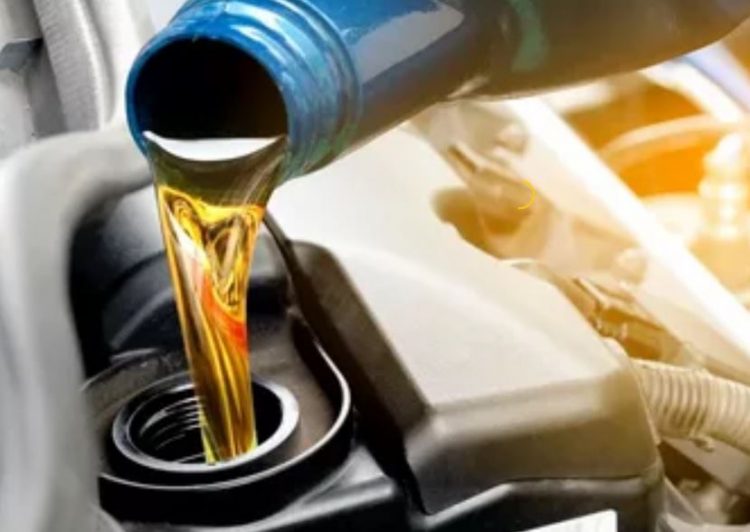Table of Contents
Winter Emergency Car Checklist

Make sure your vehicle is properly equipped with these items should you face an emergency situation or become stranded:
- Cell phone and charger
- Candle and lighter or matches
- Shovel
- Tire gauge
- Car Jack
- Spare tire
- Gravel, traction mat or a piece of rug
- Non-perishable and high energy food and water
- Empty can for melting snow
- Jumper cables or a jump starter
- Emergency flares
- Warm clothes or a blanket
- First-aid kit
- Windshield scraper and snow brush
- Extra windshield washer fluid
- Tow rope
- Flashlight
Perform Visual Inspection
 In winter, there is a greater chance that your hoses will leak because of the harsher and fluctuating temperatures. Therefore, perform a visual inspection for any leaks and cracks regularly.
In winter, there is a greater chance that your hoses will leak because of the harsher and fluctuating temperatures. Therefore, perform a visual inspection for any leaks and cracks regularly.
Always Keep Your Tank Half-Full

Keep your fuel tank at least half-full in the winter. This will prevent water built up on the inside of your car’s gas tank and gas lines from freezing up.
Use Winter-Grade Washer Fluid

Use winter-grade windshield washer fluid. It will not freeze easily, clean your windshield better and improve visibility.
Check Tire Air Pressure

You should be checking your tire’s air pressure at least once a month. Tire pressure will fluctuate as the temperature goes up and down.
You can find the required tire pressure (psi) for your car in in the owner’s manual, the driver-side door jamb or on a sticker in your glove compartment.
Check Your Battery–Automobile Accident Guide: What to Do After the Crash
 Typically, life of the car batteries is 3-5 years. Cold temperatures create additional strain on the battery and may shorten its life span.
Typically, life of the car batteries is 3-5 years. Cold temperatures create additional strain on the battery and may shorten its life span.
If you live in a climate with cold winters and you must park your car outside, consider having a block heater installed. When the temperature drops below 5-10 F, plug in your block heater to ensure the engine stays warm.
Switch to Synthetic Oil
 We recommend switching to synthetic grade oil in the winter to reduce strain on your car’s engine. Conventional oil may become sluggish in the colder temperatures which creates excessive wear on the engine.
We recommend switching to synthetic grade oil in the winter to reduce strain on your car’s engine. Conventional oil may become sluggish in the colder temperatures which creates excessive wear on the engine.
READ ALSO:Car Covers – What Are the Choices?
Install Winter Tires

If you have all season tires, you may want to swap out for winter tires when the weather changes since the all-season tires may lose elasticity and traction when the temperature drops below 20 F.
Winter tires provide better traction in the winter road conditions. You should install your winter tires when the temperature approaches freezing.
If you are going to be using the tires from the previous winter season, remember to rotate them properly. This will ensure even tire wear, extend their useful life and increase overall performance.
You should also check the tread depth of the tires to ensure the tires are not worn out excessively.
Store your other set of tires indoors in a clean, cool and dark location away from direct sunlight and heat.
Before getting on the road
 Check whether and road condition reports before heading out. Avoid driving if the conditions are bad.
Check whether and road condition reports before heading out. Avoid driving if the conditions are bad.
Drive slowly when it’s snowing or slippery.
ALSO CHECK+>




